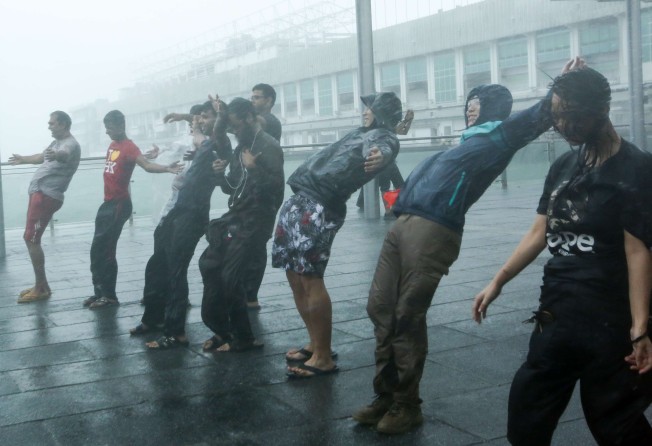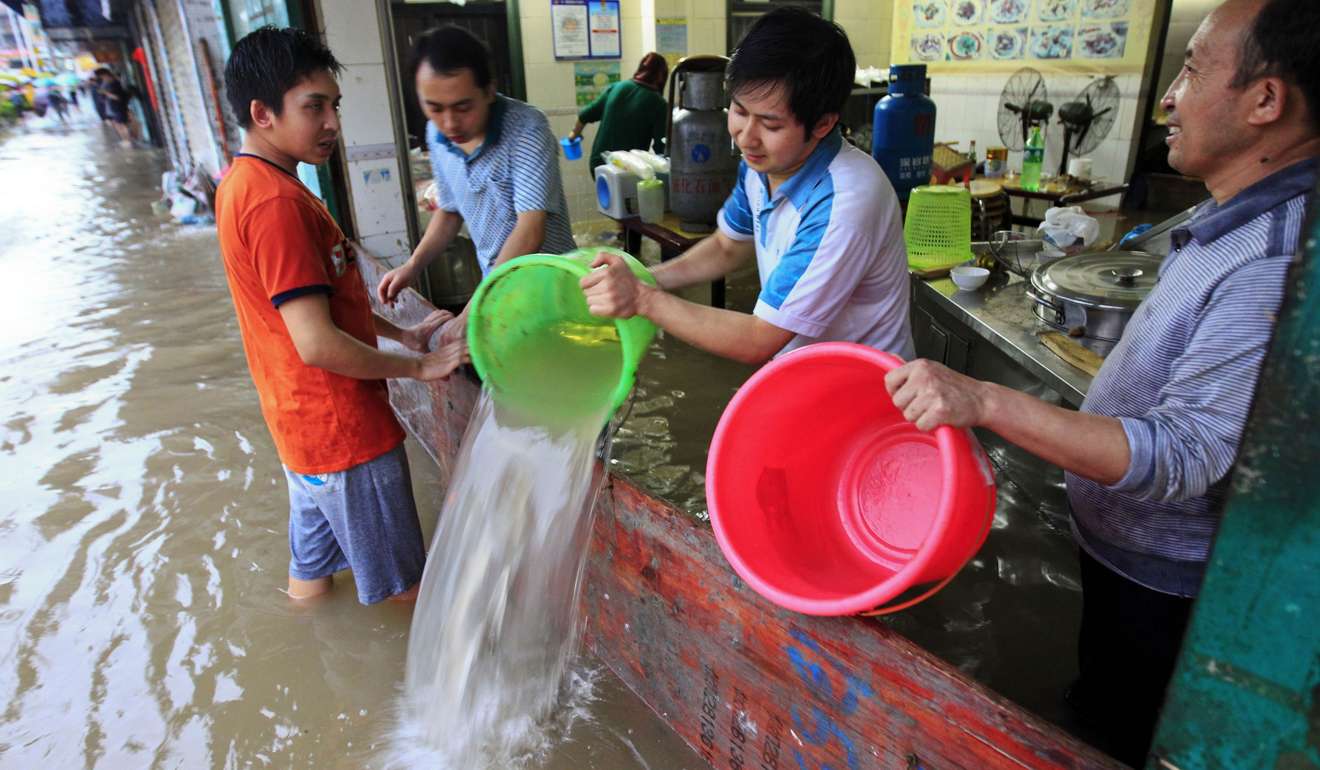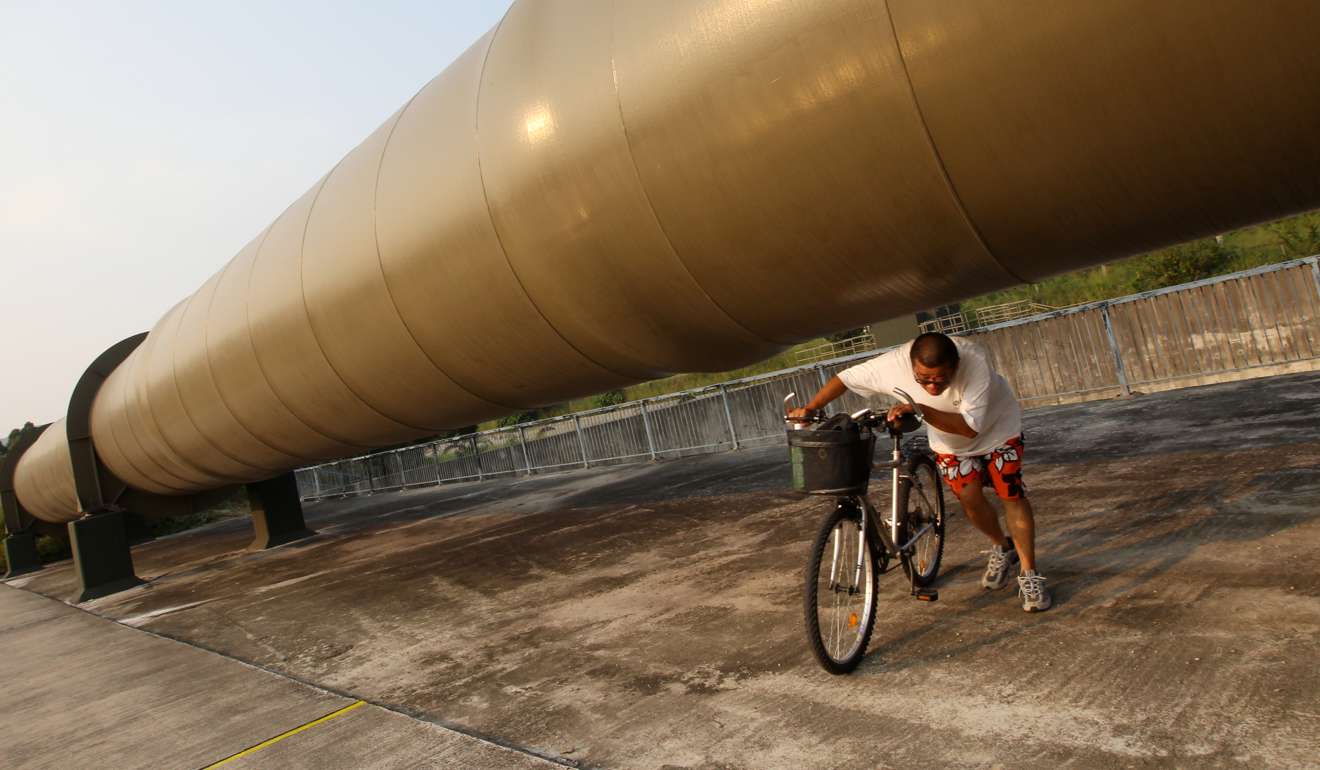In a changing climate, Hong Kong must prepare itself for much worse than a heat wave
David Chen Yongqin says Hong Kong should make plans now to cope with the myriad and far-reaching consequences of climate change, which, when it hits in full, may mean not just more frequent extreme weather but also serious water shortages

Last year was the hottest on record – that was the unanimous conclusion of three of the world’s top climate experts, the World Meteorological Organisation, the European Union’s Copernicus Climate Change Service and Nasa at the end of 2016.
Satellite photos have alarmingly revealed that the Arctic ice cap is shrinking and, recently, that a gigantic ice sheet looks set to break off from Antarctica at any time. These signs show global warming is a fact of life, and various meteorological phenomena in recent years tell us it is already wreaking devastating damage. The debate now is no longer about whether the world is heating up, but how fast the Earth’s average temperature is increasing, how that will affect our daily lives, and what we can do about it.
Watch: Nasa says Arctic sea ice is not just shrinking, but also becoming younger and thinner
The consequences of global warming are not limited to extreme weather conditions or the increasing frequency and intensity of heat waves and cold spells that the media tends to focus on. Floods and droughts of a destructive scale are likely to be another major menace. Populations along coastal regions or major rivers are likely to be the hardest hit. To understand what could happen to Hong Kong in a hotter Earth, we should look at a study conducted jointly by researchers at the Chinese University of Hong Kong and the Commonwealth Scientific and Industrial Research Organisation, that examined the future changes in floods and water availability across China.

Using proven hydrologic models and past observed data, the study concludes that in the likely scenario of continued growth in greenhouse gas emissions throughout this century, floods brought about by more frequent and heavier rainfall would increase both in number and intensity in southern China, such as in the Pearl River Basin, in the final three decades of the 21st century. The study also finds that, despite the increase in heavy rainfall, the amount of water that can be retained for human consumption would fall, signifying a potential risk of water shortage in the coming decades.
The findings are quite intuitive. The rise in average temperatures will increase both the rate and amount of moisture evaporating into the atmosphere. With a temperature rise of 1 degree Celsius, the atmosphere is able to hold 7 per cent more water vapour, which would eventually condense and fall back to earth as rain, sleet or hail. Precipitation that falls in heavy torrents will cause widespread floods when rivers and water courses cannot discharge it as quickly as they receive it.
Although the study projects situations over a seemingly distant time horizon, the effects have already emerged. The adverse impact of climate change is being felt now: heavy torrents that had occurred only once every 50 or 100 years in the past are becoming more frequent.
Watch: Typhoon Haima brings Hong Kong’s traffic to a standstill in 2016
Situated at the tip of the Pearl River Basin, Hong Kong is likely to face the same weather patterns as those projected for other parts of southern China, and is likely be exposed to similar risks of flood and drought. That means our future generations are more likely to suffer both water shortages and deluges from heavy rainstorms.
The debate is no longer about whether the world is heating up, but how fast the temperature is increasing, how that will affect our daily lives, and what we can do about it
Instead of frantically looking for remedies only when the impact of global warming becomes impossible to reverse, it is important to implement preventive measures as soon as possible. These efforts should not be restricted to investment in infrastructure. The Hong Kong government should begin to foster closer collaboration with neighbouring mainland cities with which we share common water resources. In recent decades, the Water Services Department has adopted a range of measures to conserve water, control leakage, extend the use of seawater for toilet flushing and has built a desalination plant using reverse osmosis technology. Meanwhile, the Drainage Services Department has taken on massive infrastructure developments, including construction of storm water storage tanks and tunnels, to improve the city’s drainage capabilities.
While the government is moving in the right direction, more forward thinking and planning are needed. Maintaining a stable freshwater supply, for instance, needs more strategic thinking. Given the intense competition for land, extending water catchments or building new reservoirs are impractical. Yet, heavy reliance on the Dongjiang (East River) as our major supply of fresh water may not be sustainable. One major concern is the relative priority Hong Kong would get in receiving water from the Dongjiang compared with other mainland cities in the event of a drought.

It is therefore advisable to construct more desalination plants as a reasonable long-term measure to widen the sources of local water supply.
At the same time, since Hong Kong will continue to rely on the Dongjiang due to cost, resource management and environmental protection, it is important that we try to safeguard the supply in the long term. Guangdong is also aware of the possible risk of water shortages and is already working on plans to divert water from the Xijiang (West River) into the Dongjiang to meet the needs of the eastern parts of the Pearl River Delta . The Hong Kong government should seek to participate in the planning and implementation of this scheme to ensure the city’s needs are fully taken into account.
Dr David Chen Yongqin is professor of geography and resource management in the Faculty of Social Science at the Chinese University of Hong Kong